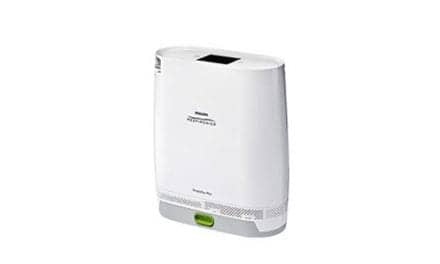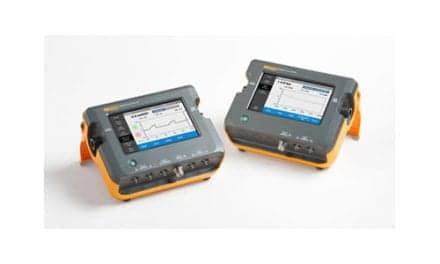Frost & Sullivan has recognized Philips with the 2017 North American Home Ventilation Product Leadership Award for its Trilogy series of home care ventilators, according to a company news release. Trilogy ventilators are cost-effective, invasive and non-invasive, with multi-mode capabilities providing easy-to-view and -share data for near-real-time patient care.
The Trilogy 100 and Trilogy 200 ventilators are compact, portable, and have multiple circuit choices to help clinicians caring for patients with different chronic respiratory conditions and ventilation requirements.
According to Philips, the prevalence of respiratory disease creates pressure on care providers and vendors to create population health management solutions to replace existing episodic care protocols. With reimbursements shifting away from traditional fee-for-service models to value-based care, hospitals are increasingly required to demonstrate improvements in care provision to qualify for reimbursements, including faster discharge rates, lower inpatient bed days, lower readmission rates, and better follow-up care and post-treatment management.
To address these issues, ventilator manufacturers need to look at a combination of products and solutions to appeal to patients with chronic diseases, both at home and in sub-acute facilities. To help prevent hospitalization, the best ventilation products will be able to share ventilation data seamlessly with care providers, Philips says.
“It’s worth noting that, in the United States, clinicians are using Trilogy 100 and Trilogy 200 ventilator units to treat hundreds of thousands of patients with different respiratory conditions, said Senior Research Analyst, Tanvir Jaikishen. “Philips’ extensive experience in IT really strengthens and distinguishes it from competitors in the home ventilation space.”
“Philips Trilogy ventilation products provide hospitals with improvements in care provision, including faster discharge rates, lower inpatient bed days, lower readmission rates, and better follow-up care and post-treatment management,” added Jaikishen. “This really helps hospitals to better adapt to the emergence of quality-based care payment models in the healthcare industry.”










